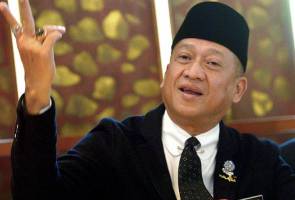Medical tourism in India estimated at $3 billion and projected to grow to $7-8 billion by 2020.
Foreigners seeking medical treatment in India will soon have a hassle-free travel as the government is all set to roll out e-medical visas for them.
The move comes amid medical tourism in India estimated at $3 billion and projected to grow to $7-8 billion by 2020. “E-visa facility for foreigners who want to undergo medical treatment will be offered soon,” a senior Home Ministry official said. TVoA (tourist visa on arrival), enabled by Electronic Travel Authorisation (ETA), popularly known as e-tourist visa scheme, was launched on November 27, 2014.
Under the e-tourist visa scheme, an applicant receives an email authorising him or her to travel to India after it is approved and he or she can travel with a print-out of this authorisation. On arrival, the visitor has to present the authorisation to the immigration authorities who would then stamp the entry into the country. Till now, the scheme has been extended to 150 countries at 16 Indian airports designated for providing e-tourist visa service.
Yesterday, the facility was offered to those willing to undergo short term course on yoga. According to a survey of a leading business chamber, the primary reason that attracts medical value travel to India is cost-effectiveness and treatment from accredited facilities at par with developed countries at much lower cost.
Foreign patients travelling to India to seek medical treatment in 2012, 2013 and 2014 stand at 1,71,021, 2,36,898, and 1,84,298 respectively. The official said government is also planning to allow foreigners to apply for e-tourist visa four months in advance from the current one month.
source: http://www.dnaindia.com / DNA / Home /Friday – June 03rd, 2016


